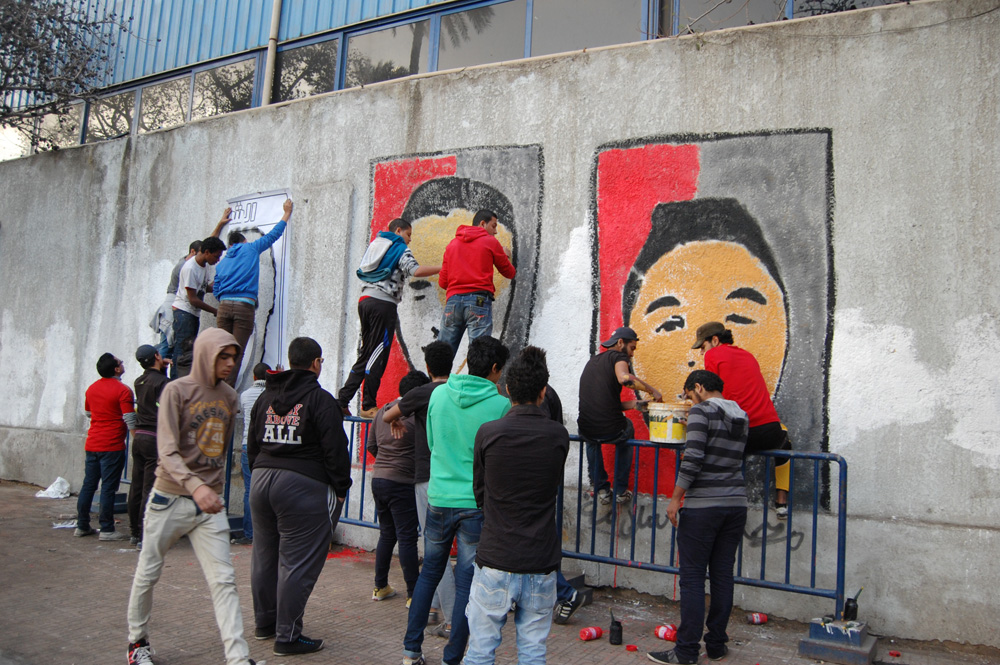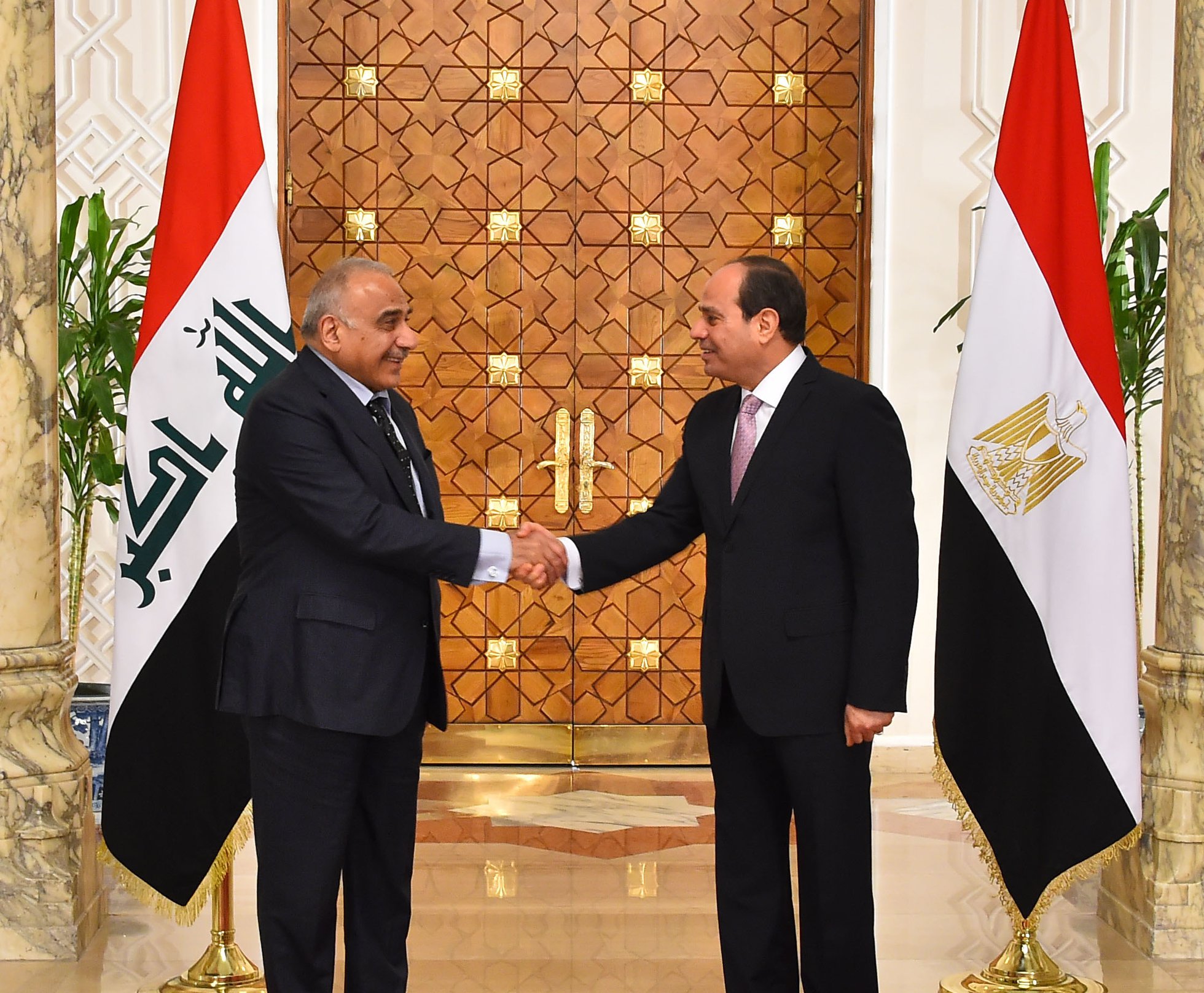A rare collection of unique, ornate books of divination consulted by shahs, sultans and Muslim laymen in 16th century Persia and Turkey are on show at Washington’s Smithsonian Institution.
“It won’t happen again, it’s a once in a lifetime opportunity to see the brilliantly painted manuscripts, Massumeh Farhad, chief curator and curator of Islamic art at the prestigious institute’s Sackler Gallery of Asian art told AFP.
Titled “Falnama: The Book of Omens, the exhibition includes 65 manuscripts and fortunetelling books depicting figures from the Old Testament, the Quran and a host of astrological symbols that provided insight to people’s questions about their future.
The manuscripts, whose large size make them a rarity in Oriental literature, are pages from three of the four known books of divination from the Persian and Ottoman cultures after 1550. It includes the book of omens from the court of Shah Tahmasb, who reigned from 1524 to 1576).
The works of art were lent by museums including Istanbul’s Topkapi Palace, the Louvre in Paris, Berlin’s museum of Islamic art, Geneva’s museum of history and Dublin’s Chester Beatty Library. The exhibition run until January 24.
“It’s the first study of these manuscripts, the catalogue is the first publication on the subject anywhere in the world, Farhad said.
The books, she added, show a different view of Islam because they were used “in private secular context; the imagery is not used for religious reasons.
Prior to a series of rituals and prayers, the texts were opened to a page at random and their images and accompanying verses would provide guidance or revelation for whatever was asked.
“They were meant to aid the seeker in the process of making difficult decisions, from embarking on a voyage to waging war against an enemy, getting married or selling one’s horse, Farhad explained.
“Astrology and astronomy have always played an important role in the region, it’s a very rich tradition in the Muslim world.
The manuscript depicted in haphazard fashion prophets from Islam and the Bible, including Adam and Eve, the Virgin Mary, personalities from the Quran and the symbols and planets from the Zodiac.
“It shows a different aspect of the culture, a universal message: ‘We all want to know what’s going to happen.’ The concerns that people had then are concerns that people have now, she said.

